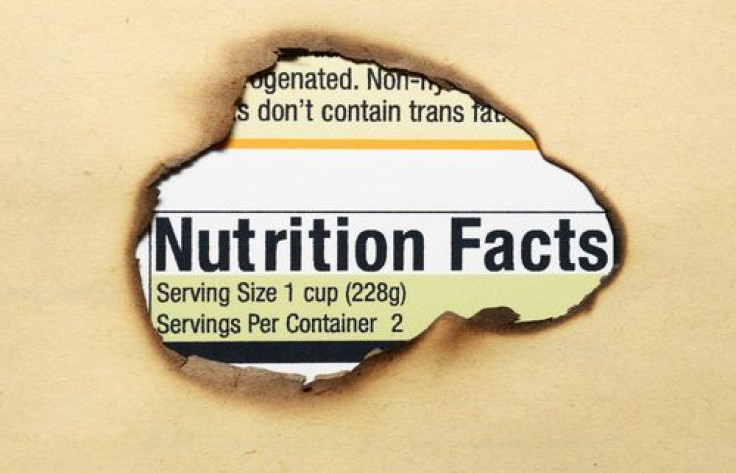Nutrition Label 101: 4 Ways You’re Misreading Your Food Label

In 1990, the Untied States Nutrition Labeling and Education Act called for all packaged foods to have labeling on them. This meant, for the first time, companies were required to label the serving size, and terms such as "low fat" and "light" were standardized. In 2003, the Department of Health and Human Services announced that the Food and Drug Administraton required food labels to include trans-fat content, too. Not surprisingly, because of a lack of information, many people don’t know how to read a nutrition label — they focus mostly on the big number at the top and neglect many of the other listed items. This might be beneficial for the food industry when trying to sell their prodcuts, but it could be harming your health. So before you head out to the grocery store, take a look at some common mistakes you might be making when reading a food label.
1. Whole Wheat Or Whole Grains
Oftentime, to sell their not-so-healthy products, food companies will label things like “whole grains” or “whole wheat,” but when you actually turn the ingredient around, you’ll see that these items make up a small percentage of what’s included in the product. So before you pick up that bag of bread, look and see where the wheat or whole grain is listed under the ingredient list and if it has a lot of added sugar. If it’s at the end, there’s probably not that much nutritional value in it.
2. Sugar-Free
When something is listed as sugar-free, you expect it to be better for you, right? Wrong. Food companies know that things without sugar oftentime won’t taste as good as the original, so they replace the ingredient with other added sweeteners that could pose other health risks. And sugar-free doesn’t always mean that there is no sugar; there just has to be less than 0.5 grams of sugar per serving. So if you eat more than the recommended serving, you could be eating more sugar that you had originally thought.
3. Not From Concentrate
Many people assume this means that they’re getting 100 percent juice. What not from concentrate actually means is that juice companies can add juice concentrates like syrup instead of real juice. According a popular food blogger, Vani Hari, author of the FoodBabe.com, “Juice concentrates are made from fruits and vegetables that are heated down to syrup and then have water added back in," she said. “The concentration process involves both adding in and subtracting chemicals and natural plant by-products in order to condense the juice.”
4. No Calories or Calorie-Free
This just means that the item contains less than five calories per serving. “Overall, it is the quality of the calorie that counts rather than the calorie itself when it comes to fighting off disease and maintaining health,” according to Theresa Albert, a registered nutritionist and author of Ace Your Health, 52 Ways to Stack Your Deck, The Huffington Post reported.



























